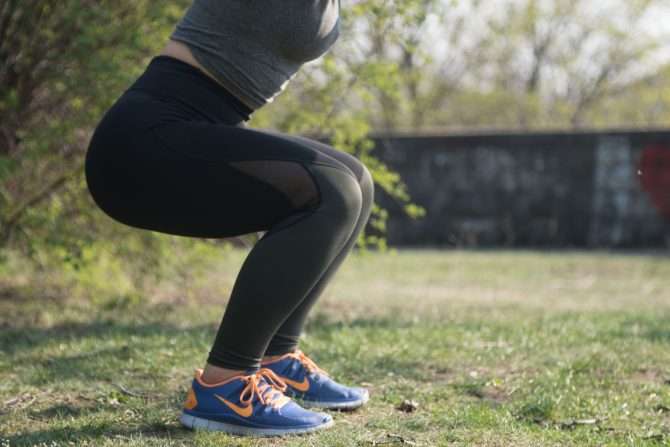
What are Compound Exercises?
Compound exercises are those types of exercises that work multiple muscle groups at the same time. A good example of a compound exercise is the squat which works the glutes, quadriceps and calves simultaneously whilst also engaging the core and lower back.
Compound exercises can also be done with combining two exercises into one, to target even more muscles, for example a squat together with a bicep curl.
Compound exercises differ from isolation exercises which work a single muscle group at a time. For example, a bicep curl is an isolation exercise which is meant to strengthen the biceps.
Types of Compound Exercise:
- Lunges – This compound exercise works the quadriceps in the thighs and the glutes, the hamstring and calf muscles in the legs, the abdominal muscles and the back muscles act as stabilizers during this exercise.
- Deadlifts – This compound movement targets the forearms, laterals, glutes, hamstrings, core stabilizers and also the upper/mid and lower-back.
- Push-ups – This compound exercise works the arms, shoulders, serratus, core stabilizers and pectoral muscles, along with the legs, glutes and laterals.
- Pull-ups – The primary movements of the laterals are the upper-arm adduction, internal rotation and extension, but their secondary properties make them adaptable to also train for posture.
- Dips – The dips are primarily done to train the triceps, with major synergists being the anterior deltoid, the pectoralis muscles (sternal, clavicular, and minor), and the rhomboid muscles of the back.
The biggest benefit of compound exercises is that they are a very efficient use of one’s time since a group of muscles are being targeted at the same time.
Other benefits include burning more calories, improving strength and flexibility, elevating the heart rate, improving intramuscular coordination as well as gaining more muscle mass. Last but not least, most of these compound exercises can be done anywhere even if you are training at home.